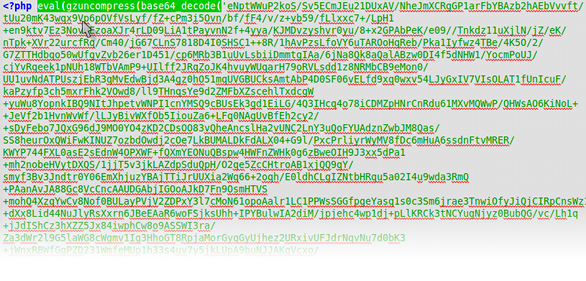
.png)
the second one is to convert the UTF-16 DOMString to an UTF-8 array of characters and then encode it.the first one is to escape the whole string and then encode it.There are two possible methods to solve this problem: Since DOMStrings are 16-bit-encoded strings, in most browsers calling window.btoa on a Unicode string will cause a Character Out Of Range exception if a character exceeds the range of a 8-bit ASCII-encoded character. StringView – a C-like representation of strings based on typed arrays.Rewriting atob() and btoa() using TypedArrays and UTF-8.working with other Unicode encodings, different from default JavaScript's UTF-16 DOMStrings,.creating a collection of methods for such string-like objects (since now: stringViews) which work strictly on array of numbers rather than on immutable JavaScript strings,.array of characters codes - ArrayBufferView in JavaScript) based upon the JavaScript ArrayBuffer interface, creating a C-like interface for strings (i.e.URIScheme List of Mozilla supported URI schemes StringView In this article is published a library of ours whose aims are: The "Unicode Problem" In most browsers, calling btoa() on a Unicode string will cause a Character Out Of Range exception. btoa() Creates a base-64 encoded ASCII string from a "string" of binary data. atob() Decodes a string of data which has been encoded using base-64 encoding. The buffer class can be used to encode a. Base64 Wikipedia article about Base64 encoding. The buffer object can be encoded and decoded into Base64 string. Documentation data URIs data URIs, defined by RFC 2397, allow content creators to embed small files inline in documents.

If you want to work on ArrayBuffers, please, read this paragraph. On the contrary, the btoa() function creates a base-64 encoded ASCII string from a "string" of binary data.īoth atob() and btoa() work on strings. The atob() function decodes a string of data which has been encoded using base-64 encoding. In JavaScript there are two functions respectively for decoding and encoding base64 strings: Base64 is commonly used in a number of applications including email via MIME, and storing complex data in XML. This is to ensure that the data remain intact without modification during transport. The term Base64 originates from a specific MIME content transfer encoding.īase64 encoding schemes are commonly used when there is a need to encode binary data that needs to be stored and transferred over media that are designed to deal with textual data. Base64 is a group of similar binary-to-text encoding schemes that represent binary data in an ASCII string format by translating it into a radix-64 representation.


 0 kommentar(er)
0 kommentar(er)
